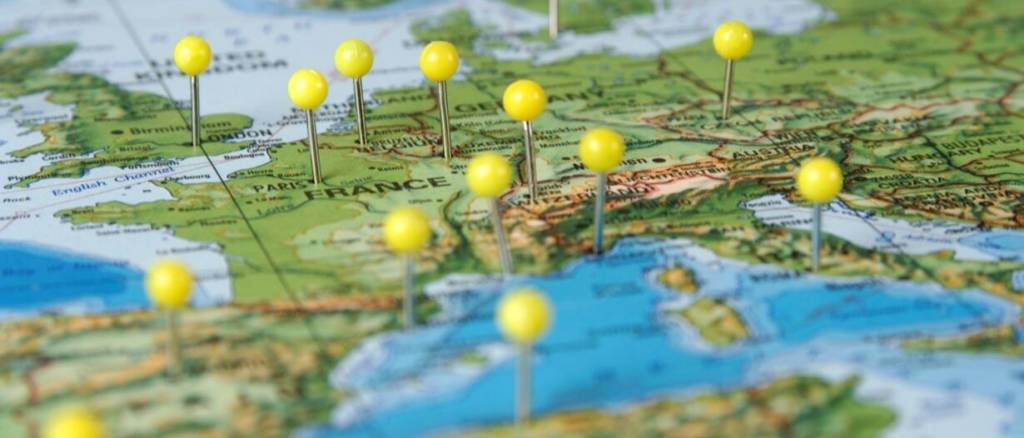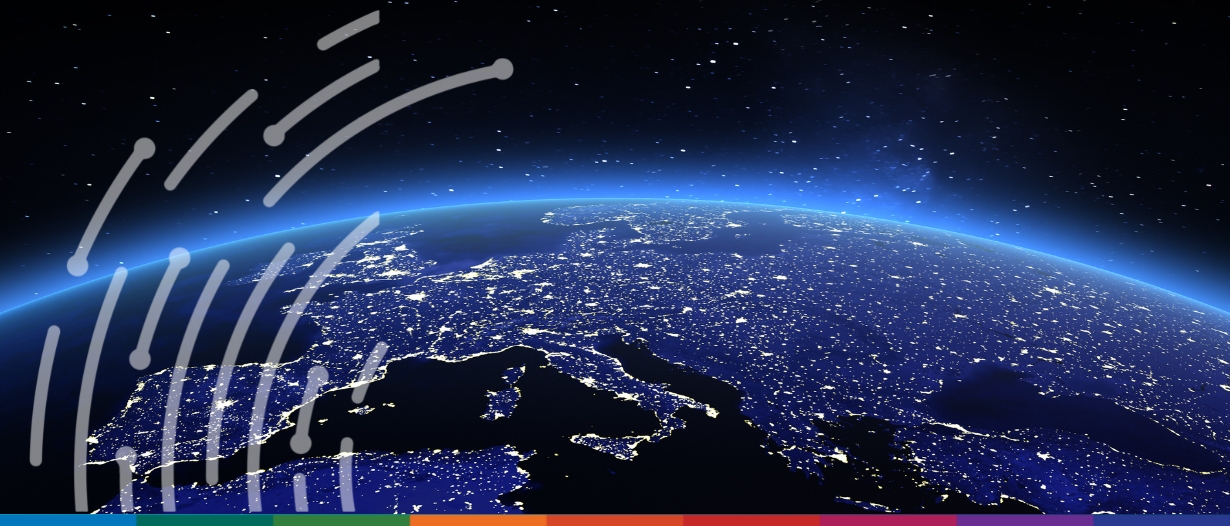Estimated reading time: 5 minutes
The European Bank for Reconstruction and Development (EBRD) delivered a record €13.1 billion in investments to its regions in 2022 at reported rates, in the face of the extremely challenging global economic environment in the wake of Russia’s war on Ukraine – confirming its countercyclical role in support to its countries of operations and clients.
The 2022 result was significantly higher than last year’s Annual Bank Investment (ABI) total of €10.4 billion and the previous record level of €11 million in 2020 in response to the economic shock triggered by the COVID-19 pandemic.
The bank also mobilised a record amount of over €2.1 billion in donor funds, including unfunded guarantees.
Over €1 billion of this is dedicated to Ukraine and other countries most affected by the war. The EU provided half of the donor resources alongside important contributions from many other donors such as the US and Norway.
EBRD President Odile Renaud-Basso said, “We did more than break a record, we exceeded our greatest expectations despite the tragedy of the war on Ukraine and the regional and global crises it has brought in its wake.
This impressive operational performance is testimony to our resilience and determination to support our countries of operation and clients.”
The EBRD deployed €1.7 billion, and a further €200 million mobilised from partner banks, to support the real economy in Ukraine through investments in vital infrastructure, energy and food security, trade and support for the private sector.
The EBRD’s response to Russia’s war on Ukraine, which began on 24 February 2022, has been to commit to invest €3 billion for Ukraine by the end of 2023, with the support of shareholders and donors who share part of the risk of the investments the EBRD has taken on its own book.

Highlights of this programme – which has successfully attracted further foreign grants – include providing Ukraine’s railway company and electricity companies with €150 million each of emergency liquidity last summer, to keep the country’s trains running and the lights on.
A further financing package of €370 million followed in the autumn, made up of a €300 million EBRD loan and a €70 million grant from the Netherlands, for emergency repairs to the electricity network necessitated by Russia’s strikes on civilian infrastructure.
Likewise, the EBRD provided the gas company Naftogaz with a financing package of just under €500 million to compensate for the loss of natural gas production following the Russian invasion.
Adding to €300 million from the EBRD, whose risk is partly covered by the US, Canada, Germany and France, Norway will provide a €190 million grant.
The EBRD has provided Ukraine with a total trade finance turnover of €459 million during 2022 of which €249 million were still outstanding at year end.
President Renaud-Basso said, “We will remain agile in 2023, responding to changing circumstances and making adjustments according to the needs on the ground as we did last year.”
EBRD green economy financing reached 50% of total business volume in 2022, at more than €6 billion against the previous record number set in 2021 of €5.4 billion. While the 2022 green economy financing figure is slightly lower in percentage terms than 2021’s 51%, it meets a second EBRD pledge to make at least half its financing green by 2025 for the second year running.
The bank, which is strongly committed to the global climate agenda, also announced in December that it had fulfilled its pledge to align all its activities with the goals of the Paris Agreement on limiting climate change.
A key element of the EBRD Paris alignment plan is encouragement to partner financial institutions to follow suit. In December, Jordan’s Bank al-Etihad became the first EBRD partner bank to sign up to adopting a transition plan, incorporating the EBRD’s Paris alignment methodology alongside a $35 million loan to strengthen its lending capacity in Jordan.
Other ground-breaking deals included financing 1GW of renewable energy generation in Uzbekistan, and supporting a “hard to abate” industrial sector to develop and implement a low-carbon strategy.
The share of gender-tagged projects rose to 37% of the total, above the target and above 2021’s 35%. Along with green and digital, gender is one of the EBRD’s three strategic priorities.
The bank aims to integrate gender equality components into at least 40% of its operations by the end of 2025, and a quarter of EBRD annual investments will fund inclusion projects.
The total number of projects financed by the EBRD in 2022 rose to 431 from 413 in 2021.
2022 saw a record volume of investment in the private sector, of close to €10 billion, even if – because of the EBRD’s focus on supporting Ukraine and other countries of operation hit by energy and food crises resulting from the war – the share of its investments in the private sector dipped two percentage points to 74%.
Disbursements totalled a record €8.7 billion for the year. Annual Mobilised Investment – the amount made available to clients from entities other than the EBRD due to the Bank’s direct involvement – was at €1.7 billion, against €1.8 billion in 2021.
The bank’s financial results, which are likely to record a loss because of the impact on the EBRD portfolio of the war and the fall in equity valuations that followed it, will be announced in the weeks ahead.





























